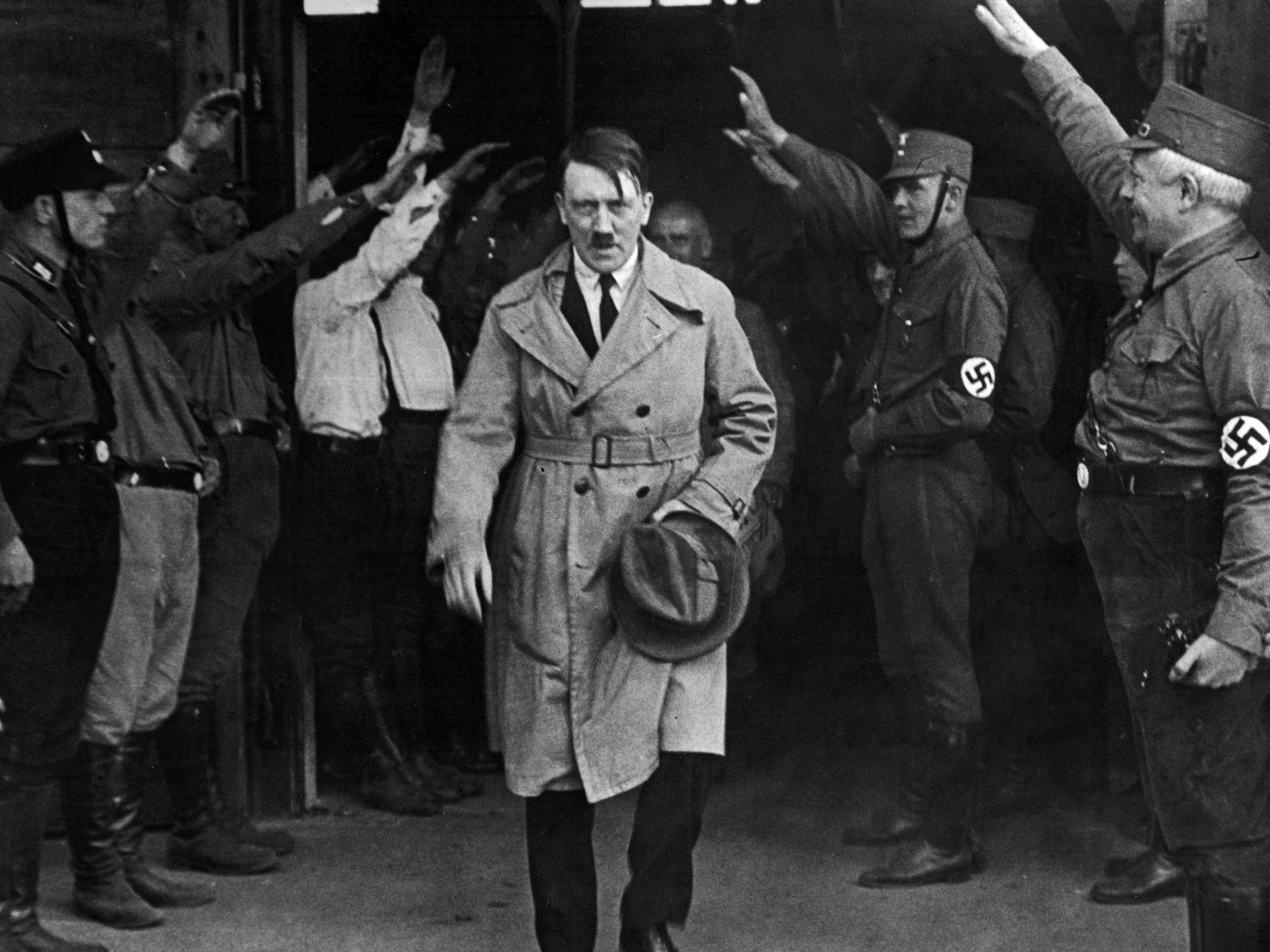Discovery of radioactive metal points to 'success' of Nazi atomic bomb programme
Oranienburg was reportedly the location of Adolf Hitler’s secret uranium enrichment facility

Your support helps us to tell the story
From reproductive rights to climate change to Big Tech, The Independent is on the ground when the story is developing. Whether it's investigating the financials of Elon Musk's pro-Trump PAC or producing our latest documentary, 'The A Word', which shines a light on the American women fighting for reproductive rights, we know how important it is to parse out the facts from the messaging.
At such a critical moment in US history, we need reporters on the ground. Your donation allows us to keep sending journalists to speak to both sides of the story.
The Independent is trusted by Americans across the entire political spectrum. And unlike many other quality news outlets, we choose not to lock Americans out of our reporting and analysis with paywalls. We believe quality journalism should be available to everyone, paid for by those who can afford it.
Your support makes all the difference.An amateur treasure hunter in Germany has stumbled upon what could be radioactive material from a secret research facility dating back to World War II.
64-year-old Bernd Thälmann was exploring the ground in Oranienburg, north-east Germany, with his metal detector when it gave an unusual ‘bleep’.
After bringing the mysterious object home, the pensioner alerted the authorities about his discovery of a shiny lump of metal.
Police discovered the find was radioactive, leading to the evacuation of 15 residents from several houses by emergency services.
Specialists in hazmat suits searched Mr Thälmann’s home and removed the suspicious object in a lead-lined container which was then placed inside a protective suitcase.
Mr Thälmann is now being investigated for being in possession of “unauthorised radioactive substances”, according to the Berlin Courier.
German authorities have revealed that the area of Oranienburg was the location of Adolf Hitler’s secret uranium enrichment facility.
The research centre was tasked with enriching uranium oxide imported from South America, to make weapons-grade plutonium. The ultimate aim was to create a Nazi atomic bomb.
According to police, Mr Thälmann was intent on retracing his steps to find more hard evidence of the mysterious Nazi-era site. The amateur archaeologist was proving uncooperative, according to authorities.
A police statement revealed that “the finder refuses to provide information on the exact location.” An investigation was launched, with the radioactive find part of a criminal investigation, according to AFP.
Britain and the United States have long possessed information regarding the Nazi’s plans to make atomic bombs.
The US National Archives released documents this year about the National Socialist Party developing nuclear weapons.
The log book from Hans Zinsser, a German test pilot read: “In early October 1944 I flew away 12-15km from a nuclear test station near Ludwigslust (South of Lübeck).
“A cloud shaped like a mushroom with turbulent, billowing sections (at about 7000 metres) stood, without any seeming connections over the spot where the explosion took place. Strong electrical disturbances and the impossibility to continue radio communication as by lighting turned up.”
There are claims that his testimony was corroborated by another pilot, while an Italian correspondent also saw the explosion, reporting the incident to Italian Fascist leader Benito Mussolini.
According to Berlin historian Rainer Karlsch in his book Hitler’s Bomb, German scientists carried out three nuclear weapons tests just before the end of the Second World War.
However, Mr Karlsch’s theory was discredited by Gerald Kirchner of Germany’s Federal Office for Radiation Protection. In a Der Spiegel report, Mr Kirchner says that soil sample readings at the detonation sites show “no indication of the explosion of an atomic bomb.”
Join our commenting forum
Join thought-provoking conversations, follow other Independent readers and see their replies
Comments